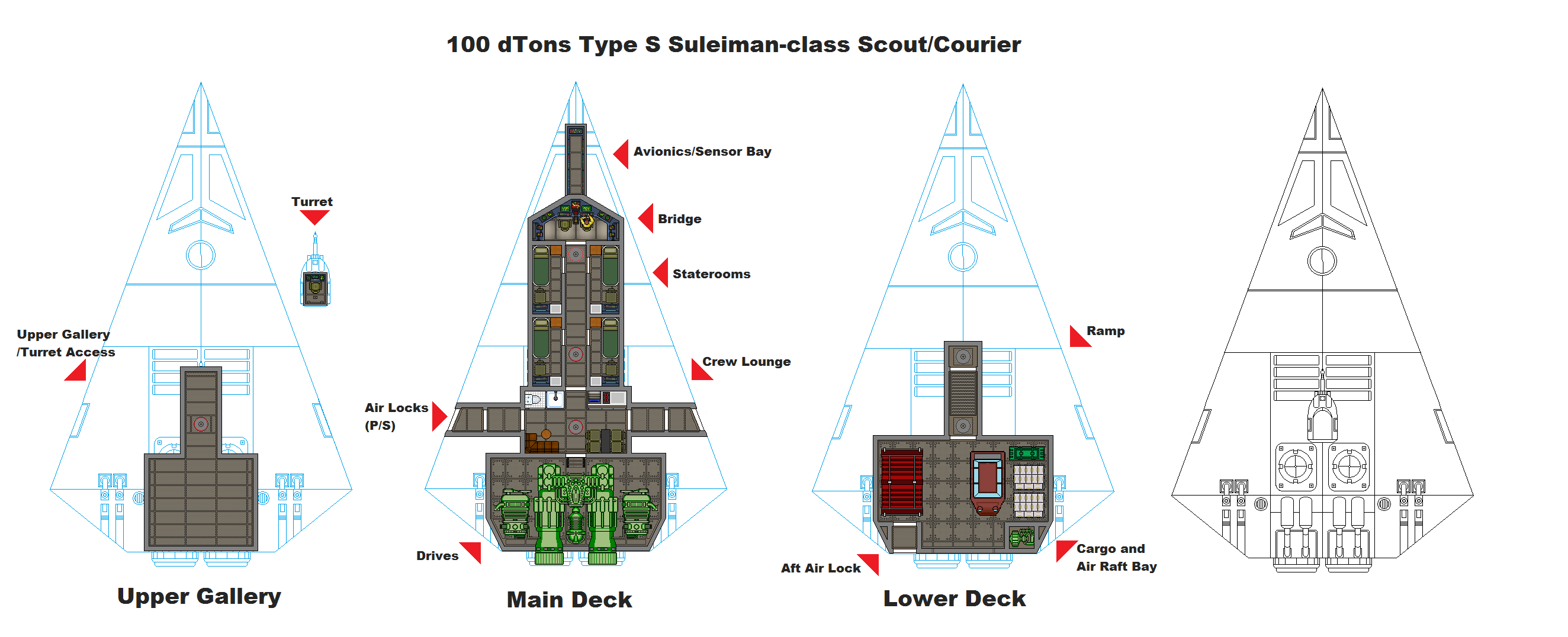kilemall
SOC-14 5K
yeah, but THAT gets REAL hairy. I've been operating my game with the assumption that a ship has (maneuver + agility) equal to its m rating - meaning that an m2 ship can change vector by 2, or it can change vector by 1 and be exercising agility 1 (-1 to hit) or it can forego all vector change and exercise agility 2 (-2 to hit). in working out my games the seemingly best approach is to lay on vector towards the target, then go to full agility to avoid hits, meaning both targets can drift right past each other. a side benefit is that this allows a sand-using ship to take full advantage of its sand, rather than running away from it trying to "maneuver" (out in space there's only two places to go - planet-side and jump point - and it's safer to drift there jinking than to run for it while presenting a more steady target).
That's one potential thing to do, except that at least one side is likely to be 'laser/beam superior' and wish to forego the negatives of firing through their own sand cloud, perhaps going into the agility dance to avoid hits but still firing away.
After a few runs through I expect I will end up with a sand dispersion/ablation rule.
Remember my goal is to integrate HG into individual CT ship-like combat, and one of the smaller ship armaments is the plasma/fusion guns, which are less affected by sand. Those are likely to put a crimp in the sanddancer style.




